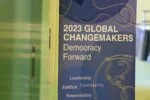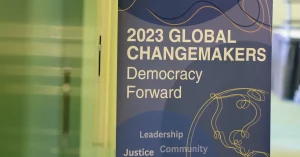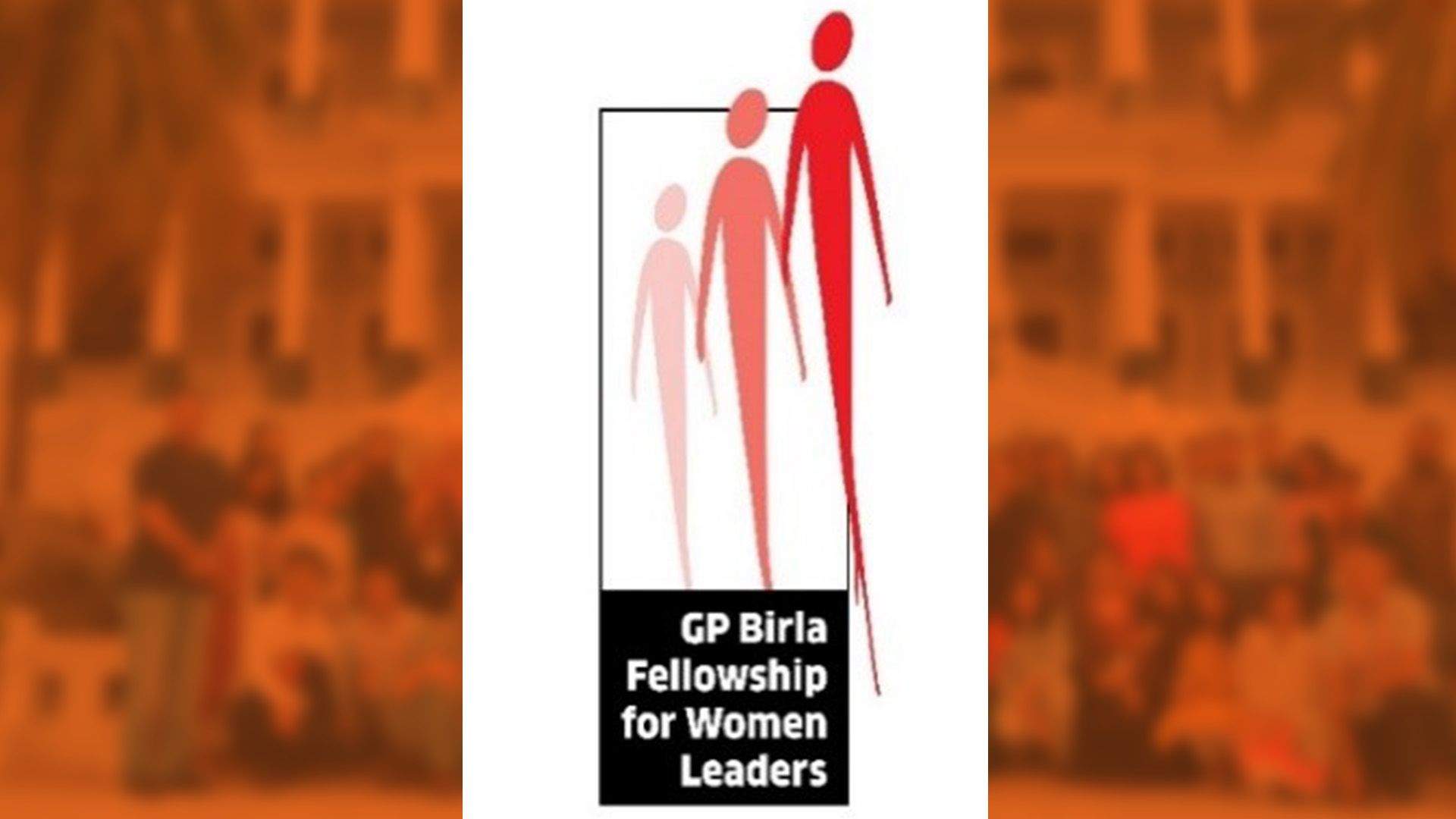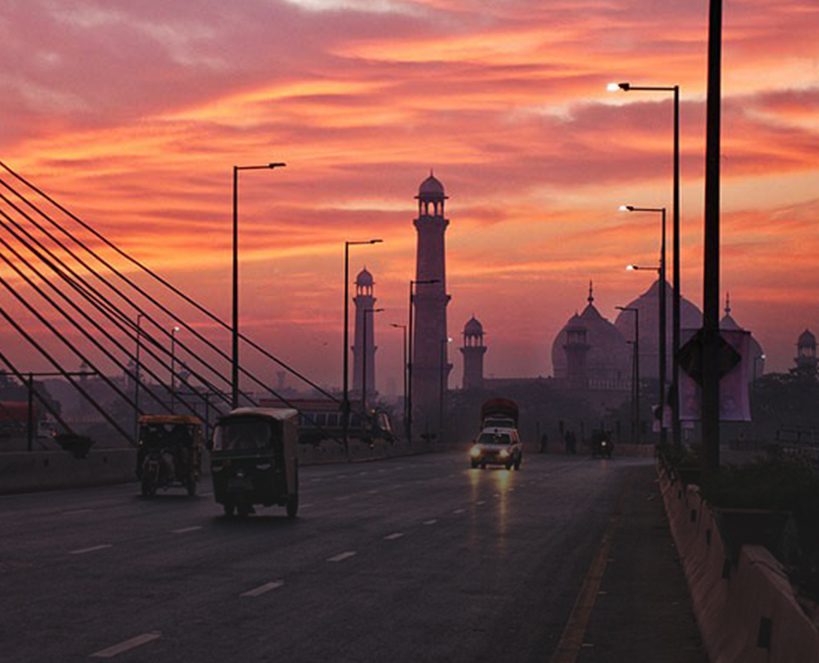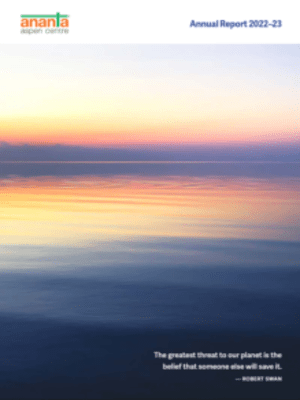HIGHLIGHTS
- Gross tax collections bonanza for the Centre in 2021-22
- Pleasant surprise on revenue from direct and indirect taxes
- Better planning and forecasting on tax collections
- Conservative revenue planning for 2022-23 stands in good stead
- No cheer from growth and inflation forecast for India
- Relief from IMD’s normal monsoon forecast in 2022
- RBI revises outlook: Lower growth and higher inflation
- No increase in interest rates for now; subtle change in stance
- Setting the stage for prioritising inflation over growth
- Retail inflation rises to a 17-month high
- Wholesale inflation in double digits for over 12 months
- Battery swapping plan amidst electric vehicle accidents
- 5G spectrum auction reserve price cut, industry wants a bigger cut
Gross tax collections bonanza for the Centre in 2021-22
The Union government’s tax revenues during 2021-22 have surpassed all earlier estimates. On February 1, 2021, Finance Minister Nirmala Sitharaman had stated that the Budget Estimate for the government’s gross tax revenues during 2021-22 would be Rs 22.17 lakh crore. The projection was very conservative, as it implied an increase of about 9 per cent over Rs 20.27 lakh crore in 2020-21. In a year of recovery, every expert believed that the government’s gross tax revenues would grow at a faster pace. Indeed, by the time Ms Sitharaman presented her next Budget on February 1, 2022, the Revised Estimate for the government’s gross tax revenues during 2021-22 showed them at Rs 25.16 lakh crore. This was 13 per cent higher than the Budget Estimate for 2021-22 and 24 per cent higher than the actual revenues in 2020-21.
Pleasant surprise on revenue from direct and indirect taxes
That was not all as far as surpassing estimates was concerned. As the latest numbers from the finance ministry show, the government’s gross tax revenues during 2021-22 have now been estimated at Rs 27.07 lakh crore, 34 per cent higher than in 2020-21. This was also 22 per cent and 7 per cent more than the previous estimates – the Budget Estimate and the Revised Estimate, respectively. The increase in 2021-22 has been noticeable in both the direct taxes and indirect taxes. Direct taxes rose by 49 per cent to Rs 14 lakh crore and indirect taxes jumped by a lower margin of 20 per cent to Rs 13 lakh crore.
Better planning and forecasting on tax collections
Pleasant surprises for the economy are always preferred to unpleasant shocks. For both the years of 2019-20 and 2020-21, the government’s tax revenue numbers were projected rather over-optimistically, because of which the actual numbers turned out to be lower than the Budget Estimate and even the Revised Estimate. This reflected both poor planning and incompetence in making projections, in addition to creating a nasty surprise for public finances. But the surprise for 2021-22 numbers was pleasant in that the final figures on tax revenue collections are proving to be much more than the previous estimates.
Conservative revenue planning for 2022-23 stands in good stead
The same conservatism appears to have influenced the Budget exercise for 2022-23. The projection for the Indian economy’s nominal growth has been kept at just 11 per cent, even though this would be much higher largely because of inflation. Yet, the government’s gross tax collections are projected to grow by only about 2 per cent to Rs 27.58 lakh crore in 2022-23. Direct taxes in the current year are projected at Rs 14.2 lakh crore (Rs 14.1 lakh crore in 2021-22) and indirect taxes are expected to rise to Rs 13.4 lakh crore (Rs 13 lakh crore in 2021-22). With the Russia-Ukraine conflict expected to play havoc with the growth projections and the general pace of economic activities during 2022-23, the conservative tax revenue projections are a big advantage. The government is committed to spending more resources on free food and higher fertiliser subsidies during the current year and these had not been budgeted for in the numbers presented on February 1, 2022. Non-tax revenues are likely to be adversely affected as well. With higher expenditure outlays and lower non-tax revenues, a conservative projection of tax revenues growing by only 2 per cent will be a matter of relief for those managing public finances. The risks of a slippage in the fiscal deficit target of 6.4 per cent of GDP will still be there. But those risks should be manageable.
No cheer from growth and inflation forecast for India
The Indian economy’s growth prospects have taken a hit after the outbreak of the Russia-Ukraine war. In its World Economic Outlook, the International Monetary Fund has scaled down India’s growth during 2022-23 to 8.2 per cent, compared to the earlier projection of 9 per cent. It attributed lower growth for India, the sharpest downward revision among emerging economies, to higher commodity prices weighing on private consumption and investment. Even for 2023-24, the IMF has revised down its India growth forecast to 6.9 per cent, compared to the earlier figure of 7.1 per cent. On the external front, the IMF estimated that India’s current account deficit would widen to 3.1 per cent of GDP in 2022-23, compared to 1.5 per cent in 2021-22. Significantly, the IMF’s projection for India’s retail inflation is 6.1 per cent, higher than the Reserve Bank of India’s forecast of 5.7 per cent. The World Bank had already lowered India’s growth forecast for the current year to 8 per cent, down from the earlier estimate of 8.7 per cent. The Bank attributed lower growth to the constrained recovery in private consumption due to the incomplete recovery in the labour market and inflationary pressures weighing on households’ purchasing power. In addition, any escalation in the Russia-Ukraine conflict could adversely affect investors’ sentiment and could result in a capital flight from South Asia to safe havens in the West. India’s growth forecasts for 2022-23 have already been lowered by several private-sector rating agencies and analyst firms including Fitch (from 10.3 per cent to 8.5 per cent), Morgan Stanley (from 8.4 per cent to 7.9 per cent) and Citigroup (from 8.3 per cent to 8 per cent). The outlook for India’s economic growth in 2022-23 is not bright. The World Trade Organisation has lowered its global trade growth forecast from its earlier projection of 4.7 per cent to 3 per cent in 2022, which could pose new challenges to India’s exports sector, which had begun to bounce back in 2021-22.
Relief from IMD’s normal monsoon forecast in 2022
A relief in an otherwise economically gloomy year is the forecast of a normal monsoon in the coming months. Monsoon months in India from June to September account for almost three-fourths of the annual rainfall that takes place during the entire year. India’s agriculture continues to be primarily dependent on rains. The south-west monsoon, therefore, plays a critical role for the kharif crop and almost 78 per cent of the India’s gross cropped area is fed by the monsoon rainfall. Hence, a normal monsoon augurs well for not only those farmers, who are yet to benefit from irrigation facilities, but also for the ground-water levels and the availability of water in reservoirs across the country. In addition, a good monsoon helps support the rural economy and revive rural demand, which in turns helps the sales of consumer durables and a host of other industries dependent on such consumption. In its first Long-Range Forecast, the India Meteorological Department has predicted a normal monsoon in most parts of the country except in the north-east, Haryana and Jammu & Kashmir. Quantitatively, the rainfall during the four monsoon months would be 99 per cent of the Long Period Average, which is 87 cm, according to the government. Rainfall amounting to be anywhere between 96 and 104 per cent of the Long Period Average (measured as the average of the last 50 years) is considered normal.
RBI revises outlook: Lower growth and higher inflation
A subtle change in the Reserve Bank of India’s monetary policy stance was noticeable in the review it undertook in the first week of April 2022. The backdrop of the review by the central bank’s six-member Monetary Policy Committee was the sharp rise in international crude oil prices resulting in domestic oil marketing companies shedding their reluctance to pass on the additional burden they carried. By April 8, when the policy review took place, retail petrol and diesel prices had increased by about Rs 10 a litre in the previous fortnight because of the crude oil prices ruling at an elevated level of over $100 a barrel. Inflationary expectations had run high. Not surprisingly, the RBI had raised its inflation forecast for 2022-23 to 5.7 per cent, sharply up from the earlier projection of 4.5 per cent made in the February 2022 policy review. Similarly, the RBI’s economic growth projection for 2022-23 was scaled down to 7.2 per cent, compared to 7.8 per cent forecast in the February 2022 policy review. Clearly, the assessment of the economy had undergone a significant change for the worse.
No increase in interest rates for now; subtle change in stance
Yet, the surprise was that the central bank’s Monetary Policy Committee, through a consensus view, decided against raising the interest rates or the repo rate (the rate at which commercial banks borrow from the central bank against government securities). Even the monetary policy stance saw no change as it remained accommodative. However, there was a subtle and significant change in the RBI’s policy statement. While the monetary policy stance remained accommodative, the RBI committed itself to focusing on withdrawal of accommodation. Monetary Policy Committee members were of the view that the focus on withdrawal of accommodation would suggest that the RBI was now free to raise interest rates as and when it deemed that necessary.
Setting the stage for prioritising inflation over growth
Another significant announcement pertained to the launch of a new liquidity management instrument in the form of Standing Deposit Facility at a rate that effectively narrowed the liquidity adjustment facility or LAF corridor and raised the effective rate at which banks can park their surplus money with the central bank. The April monetary policy review did not raise the repo rate but prepared the ground for rate increases from the next policy review due in June 2022. Indeed, experts and analysts do not rule out more than a single rate hike in the months to come during this financial year. In the words of the RBI Governor, Shaktikanta Das, “In the sequence of priorities, we have now put inflation before growth. For the last three years, starting February 2019, we had put growth ahead of inflation in the sequence. This time we have revised that because we thought the time is appropriate.” Expect therefore the cost of money to become dearer in the months to come.
Retail inflation rises to a 17-month high
Confirming the RBI’s assessment of the inflation scenario, the March 2022 print for the Consumer Price Index or CPI showed that retail prices rose to 6.95 per cent – a 17-month high. This was well above the upper tolerance band of 6 per cent retail inflation under the law that the Reserve Bank of India is obliged to honour. Worryingly, the March 2022 number was the third month running when the upper tolerance band was breached. The law mandates a retail inflation target of 4 per cent, with a tolerance band of 2 percentage points either way. Goods, whose prices fuelled the retail inflation in March 2022, included edible oils (up 19 per cent), vegetables (up 12 per cent), meat and fish (up 10 per cent), footwear and clothing (up 9 per cent) and fuel & light (up 7 per cent). Even core retail inflation, which excludes food and fuel items, spurted to a 10-month high of 6.29 per cent in March 2022, up from 5.96 per cent in February 2022.
Wholesale inflation in double digits for over 12 months
There was no respite from wholesale price inflation either. The Wholesale Price Index or WPI for March 2022 moved up showing an inflation rate of 14.55 per cent, up from 13.11 per cent registered in the previous month. Thus, wholesale inflation stayed in double digits for the 12th month running. The official explanation of the price rise was:” The high rate of inflation in March 2022 is primarily due to a rise in prices of crude petroleum and natural gas, mineral oils, basic metals, etc owing to disruption in global supply chains caused by the Russia-Ukraine conflict.” Vegetable prices also rose sharply by about 20 per cent in March. With wholesale inflation staying well over 10 per cent for over a year and retail prices too rising at over 6 per cent for the last few months, inflationary expectations in the economy appear to have got entrenched – a challenge that the Reserve Bank of India will have to face in the coming weeks.
Battery swapping plan amidst electric vehicle accidents
The government’s policy road map for creating a viable and sustainable ecosystem for electrical vehicles across the country received a boost, when its think tank, the NITI Aayog unveiled a draft policy aimed at introducing a standardised battery swapping system. The draft policy proposed to prioritise the setting up of battery-swapping networks in metropolitan cities with a population above 4 million. The second phase envisaged the extension of the battery-swapping network to cover all major cities including state Capitals, Union Territory headquarters and cities or towns with population of over half a million. This will ensure that the battery-swapping network benefits particularly the two-wheeler and three-wheeler vehicles. The draft policy envisaged that any individual or an entity could set up a battery swapping station at any location, subject to the condition that specified technical, safety and performance norms were followed. The unveiling of the policy on battery-swapping networks took place around the time the country reported several instances of electrical-vehicle batteries exploding, causing deaths and injuries. Electrical vehicle manufacturers responded to such accidents by recalling their defective vehicles. Ola Electric announced that it would recall about 1.400 electric scooters from the market. Similarly, Okinawa Autotech announced the recall of 3,200 Praise Pro electric scooters and Pure EV announced the recall of 2,000 ETrance Plus and EPluto 7G scooters from the market. The NITI Aayog’s draft policy on battery-swapping networks would be finalised after receiving comments and feedback by June 5, 2022.
5G spectrum auction reserve price cut, industry wants a bigger cut
The plans to launch a 5G telecommunication network in the country crossed a significant milestone with the Telecom Regulatory Authority of India or Trai releasing its recommendations on the pricing of the next-generation spectrum auctions. The Trai paper reduced the reserve price of 5G airwave auctions by about 36 per cent to Rs 317 crore per megahertz or MHz of spectrum for a 20-year allotment. In 2018, the reserve price had been set at Rs 492 crore per MHz. Interestingly, the auction route was proposed only for the telecom operators and private network operators like companies and enterprises can apply for 5G spectrum and these would be allotted through an administrative procedure. The Trai paper also recommends that 5G spectrum would be assigned in a contiguous manner making it easy for telecom operators to plan their operations. More significantly, the regulator has suggested that telecom operators should be allowed easy payment options, including part payment with the flexibility of moratorium. While this flexibility would come as a relief for the financially beleaguered telecommunication industry, the initial response has not been too positive. Telecom operators had expected a cut in the reserve price for the spectrum by 90 per cent. What Trai has proposed does not meet the operators even half way. Expect more negotiations and debate over the 5G spectrum reserve price for auctions, before the country can see the roll-out of the next-generation telecom services.
Supported by
………………………………………………………………………………………………
(The views expressed are personal)
………………………………………………………………………………………………







